How to Create a Pattern Building Board Game (Tasty Humans Pt. 1)
Brand Game Development
JUNE 25, 2019
Out of nowhere, a thought popped into my head: “what if you were still monsters eating adventurers, but the game was all about dropping them into a puzzle that represented the monster’s stomach?” How Pattern Building Arose from the Dropping Mechanic. However, I didn’t want the game to necessarily feel like Tetris.

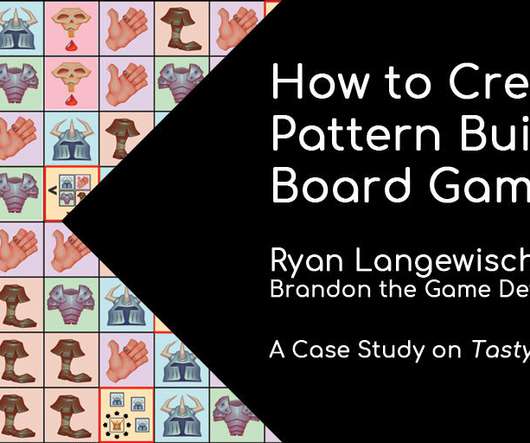
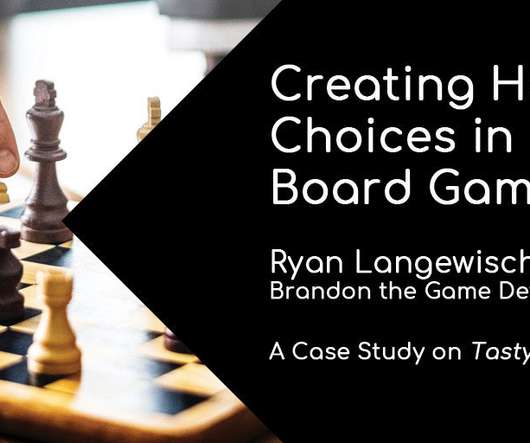
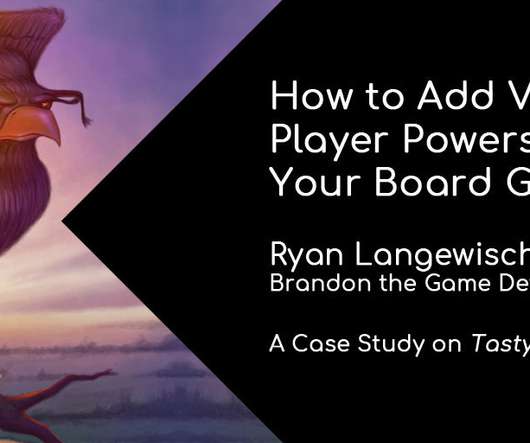
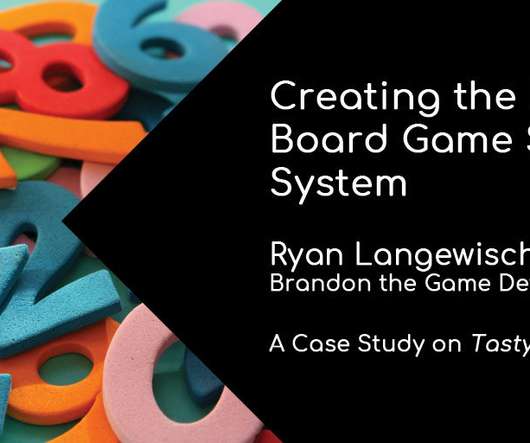
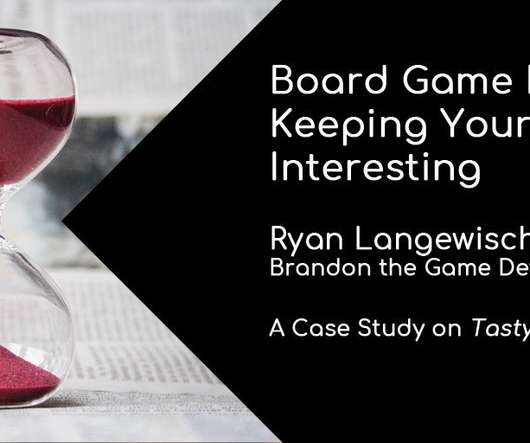
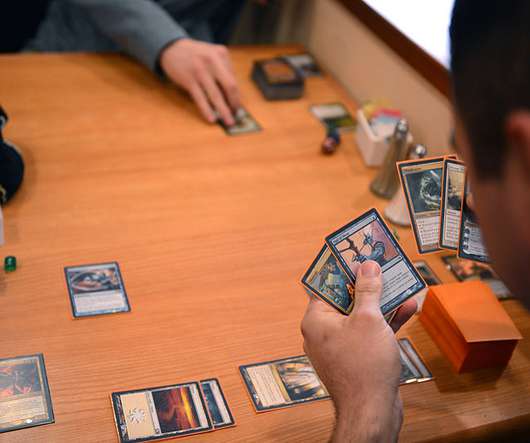
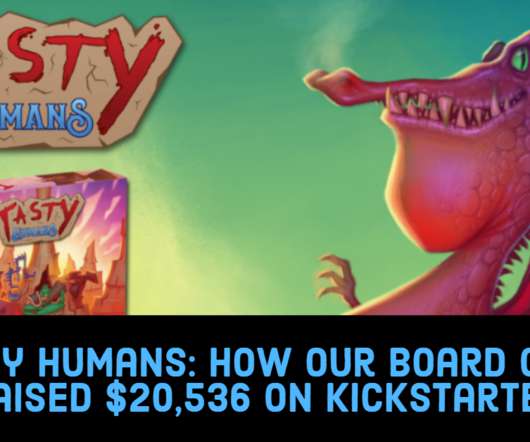
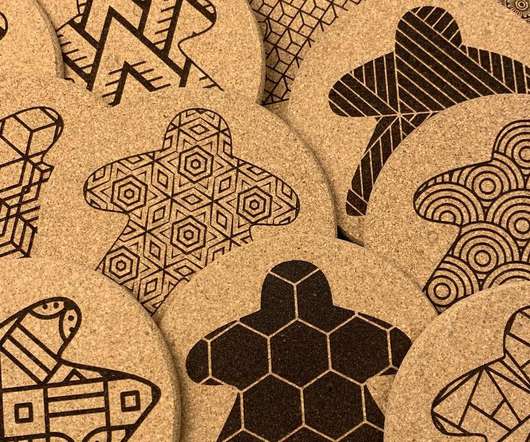
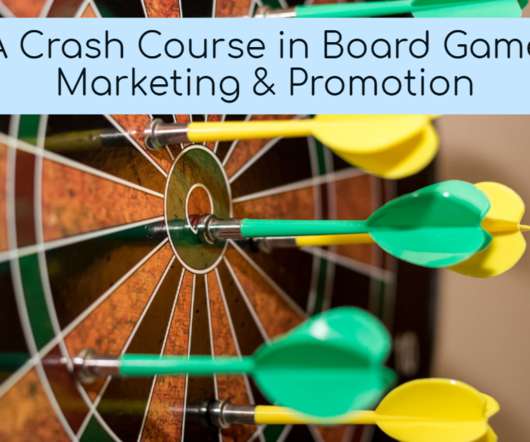
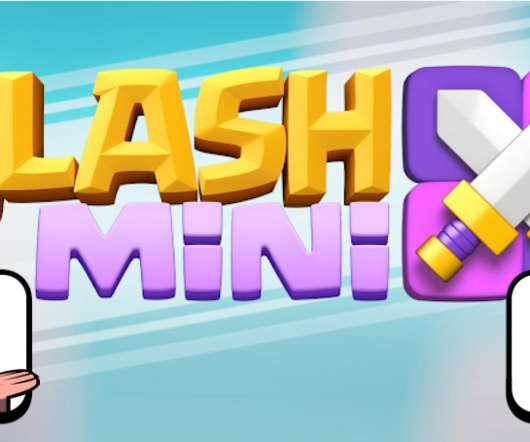







Let's personalize your content